The Carolina horsenettle, Solanum carolinense, is often viewed as a noxious weed. It even has obtained unflattering-sounding names such as "apple of Sodom", "bull nettle", and "devil's tomato".
It is covered in spines, and the leaves and stems are toxic not only to humans, but to most mammals.
But is this plant all bad? Below we discuss how this plant is much maligned: its weedy behavior is often a result of human interventions, and in its natural habitat, it maintains a balance with other species, and contributes to a healthy ecosystem. This page will teach you more about this plant, explaining how, when, and where it becomes a weed, and how both to control it, and to integrate it into a garden or ecosystem in a more balanced manner.


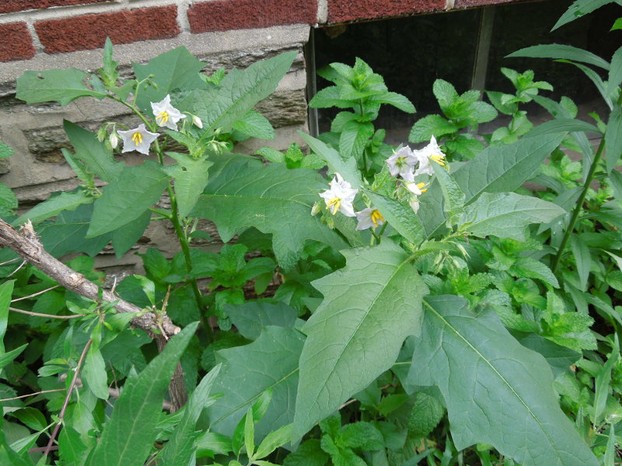
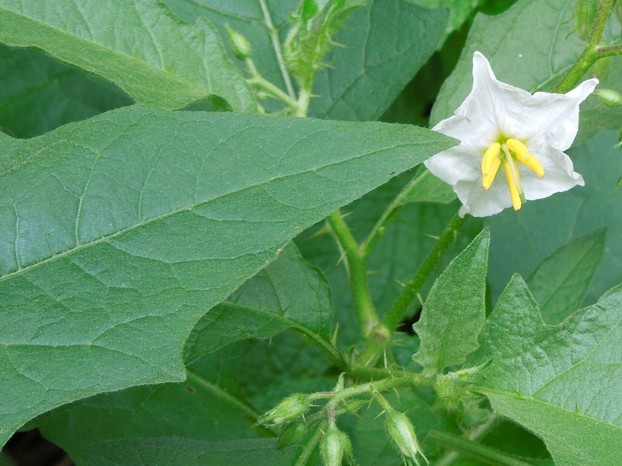
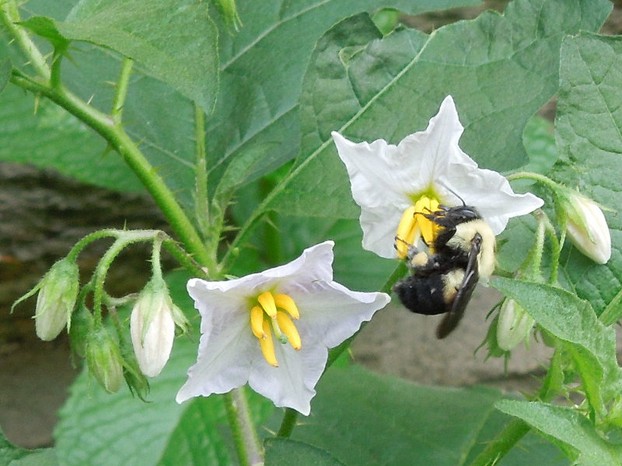
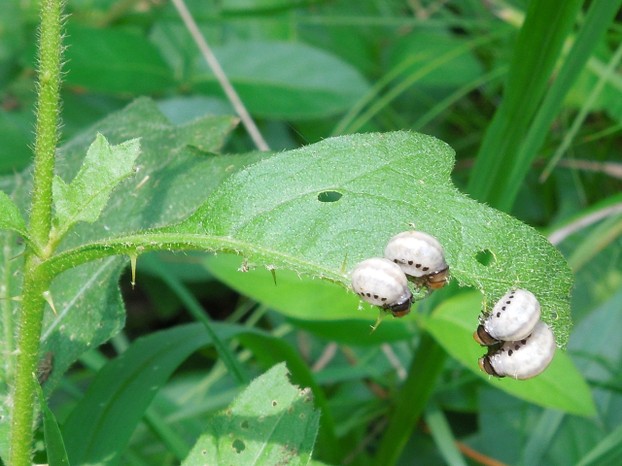
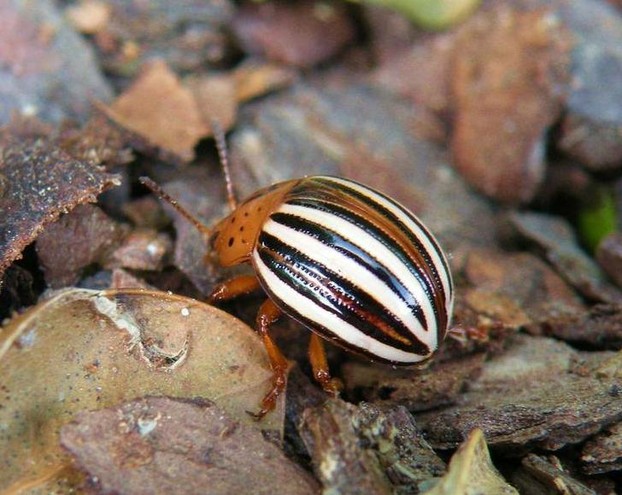


 The Shaming of Femininity and Elevation of Masculinityon 07/13/2017
The Shaming of Femininity and Elevation of Masculinityon 07/13/2017
 What is Genderqueer or Non-Binary Gender?on 10/16/2015
What is Genderqueer or Non-Binary Gender?on 10/16/2015
 Resources for Learning Spanish Free Onlineon 04/13/2016
Resources for Learning Spanish Free Onlineon 04/13/2016
 Ways Native Plants Can Help Control Invasive Plantson 05/26/2016
Ways Native Plants Can Help Control Invasive Plantson 05/26/2016
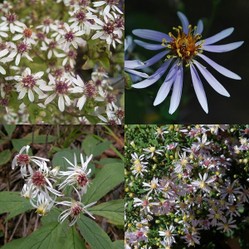
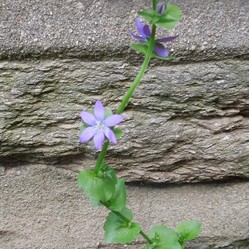
Questions? Comments? Feedback?
How did I miss this article when it came out? Yet another informative piece from you, Cazort! It raises the important issue that popular names are a poor guide to botanical classification [horse nettle not being a nettle.] I can learn about American botany from your articles, and that's useful, because we don't have American flora where I live.
That's fascinating about the goats. Goats are definitely able to eat a wide variety of plants that are poisonous to humans, or in some cases, they're able to eat much larger quantities than we would be able to, without adverse effects.
Animals definitely do practice their own form of "herbalism". For example, some species of swallow gather herbs that have insecticidal properties, and place them in their nest, and then this reduces the prevalence of mite infestations in their nests. It makes sense that mammals would develop the ability to respond to parasites by eating things that would kill the parasites.
If you think about it, humans actually eat a lot of "toxic" stuff that we are evolved to be able to tolerate, like the whole garlic and onion family, those are poisonous to a lot of animals and microorganisms, but we can eat them--and then the chemicals accumulate in our bodies (like how you can smell it on someone if they've eaten a lot of garlic). And garlic is really effective at killing microorganisms. It seems pretty widespread in animals, that specific animals will develop the ability to eat specific toxic plants while tolerate the toxins, then accumulating them in their own systems in ways that benefits them. Another example is monarchs or lightning bugs that eat bitter plants so that birds will learn they taste unappealing, and thus avoid eating them.
This nightshade looks look very similar to one we have here in Texas and at first glance I thought it was Silverleaf Nightshade (Solanum elaeagnifolium). I've read that different Native American tribes used seeds from the Silverleaf Nightshade as a vegetable rennet to curdle milk and make cheese.
Amanda - I've owned goats and I believe they're animal herbalists. Whenever my goats encountered a plant they didn't know they would brush their faces against it, sniff it, perhaps nibble but never eat it. The next time they would eat a little. The following time they would eat a lot. At least this is what they appeared to do and it follows a similar method human survivalists use to check the edibility of food!
Hi there: thought you might be interested to know that, contrary to everything I have read about Carolina Horsenettle, it has actually served as forage for my goats this spring. I also spent the day at a friend's ranch today and saw that his sheep have also been consuming it. Neither group of livestock was put in a situation where they HAD to consume this plant--they chose it over other plants that were readily available! I am often mystified by my goats' food choices, but trust that there is a good reason they're munching these leaves (natural worm/parasite control? high concentrations of trace minerals?) and we just have yet to learn why. Thanks for this article--I enjoyed it!
Thank you! I agree.
I also think it is a little silly to view this plant as a weed--it does not compete very well with other plants, and when it has cropped up in my garden, it's generally only grown in open spaces. When I plant other flowers, even sun-loving flowers like goldenrod will out-compete it. It's one of those plants that only really thrives if you keep pulling out weeds and leaving open spaces in your garden.
cazort, Well done! It's especially helpful that you explain visible differences between Carolina horsenettle and other nightshades.
Carolina horsenettle numbers among those plants which generate controversy over the welcomeness vs unwelcomeness of their appearance in the landscape.
I'm inclined to agree with the bees: this plant has value, a value appreciated by bees but unknown to or forgotten by people.